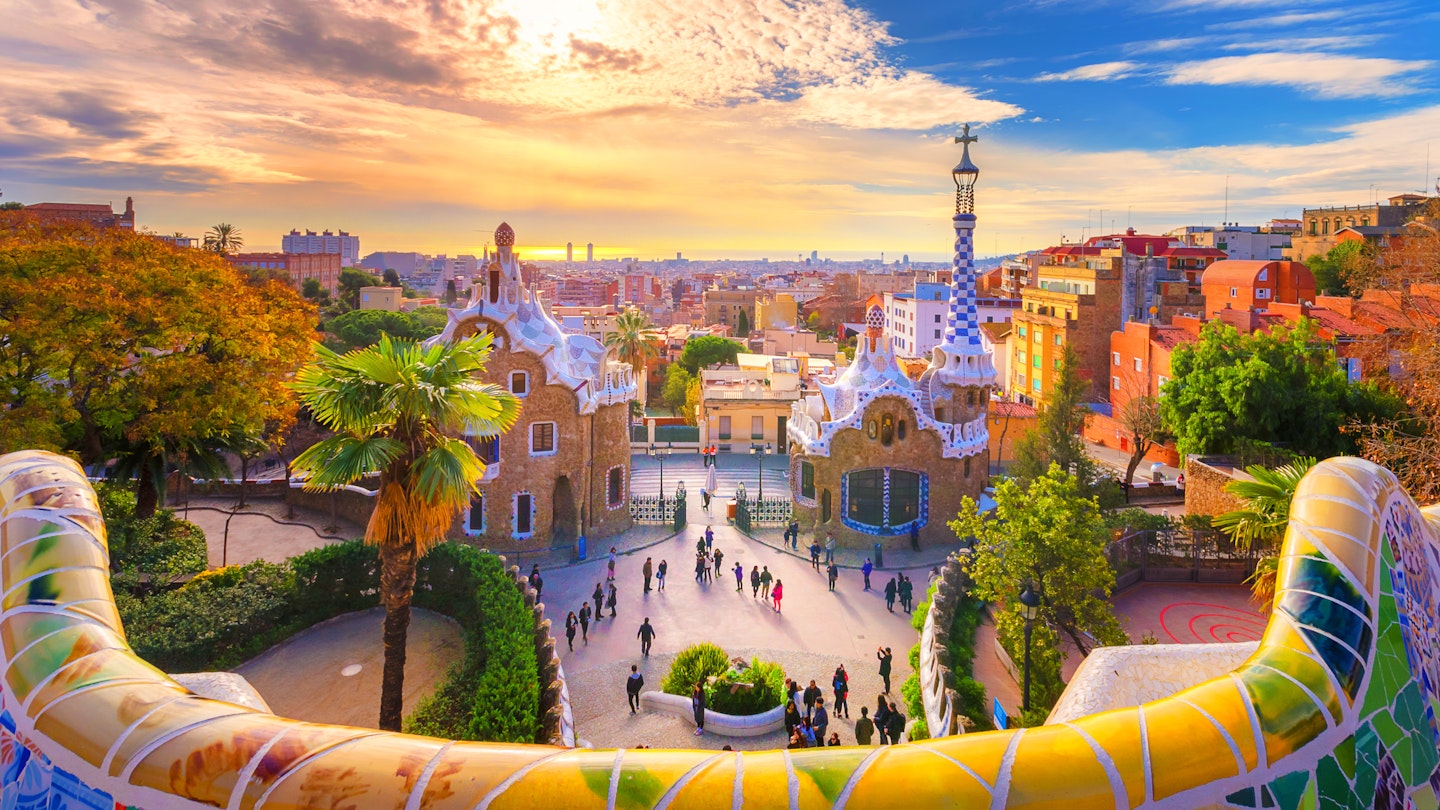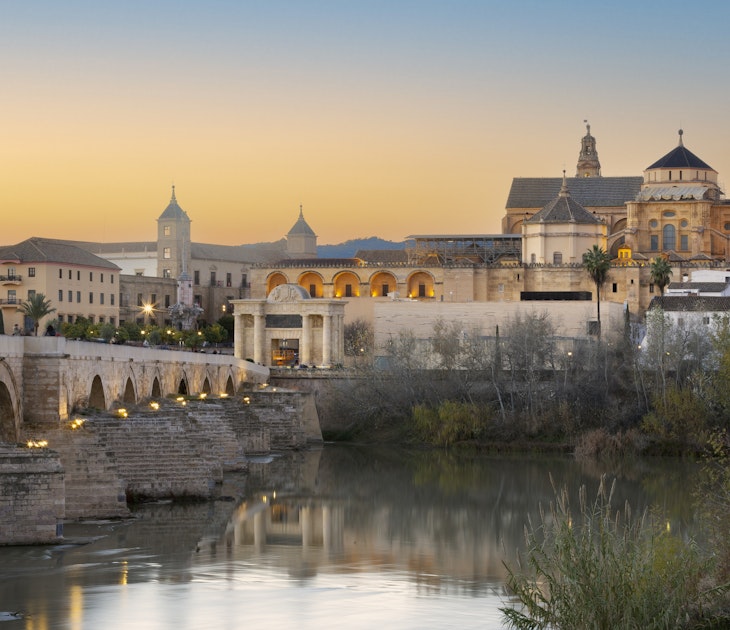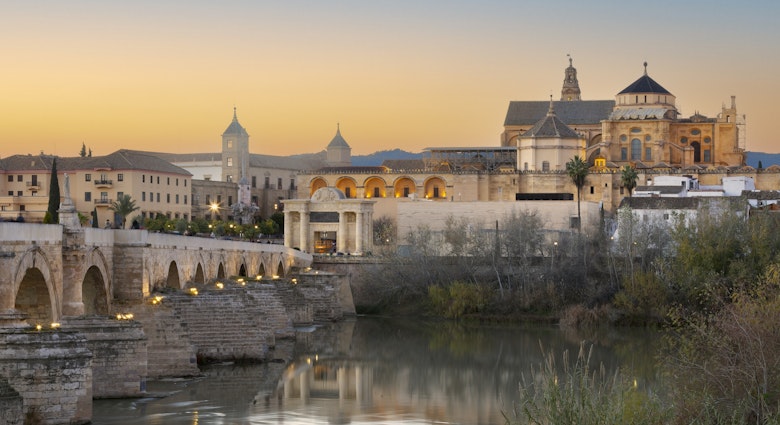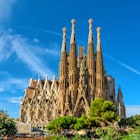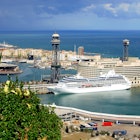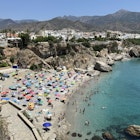With its exquisite Modernist architecture, unbeatable fine-dining and Mediterranean, cosmopolitan attitude, it's easy to see why Barcelona has become such an acclaimed city for globe-trotting travelers. The city's parks and gardens are less well known–an oversight considering the abundance of green spaces in the Catalan capital. Exploring them is one of the best ways to get a feel for Barcelona's diverse neighborhoods.
Barcelona's parks may be less famous than the legendary gardens in Paris, Berlin, London and Madrid, but the city is dotted with lovely open spaces, ornamented by landmark buildings, traversed by walking paths, and crowned by viewpoints poised high above the city streets – all perfect for an evening stroll. If you crave calming spaces, here is our pick of the best parks to visit in Barcelona.
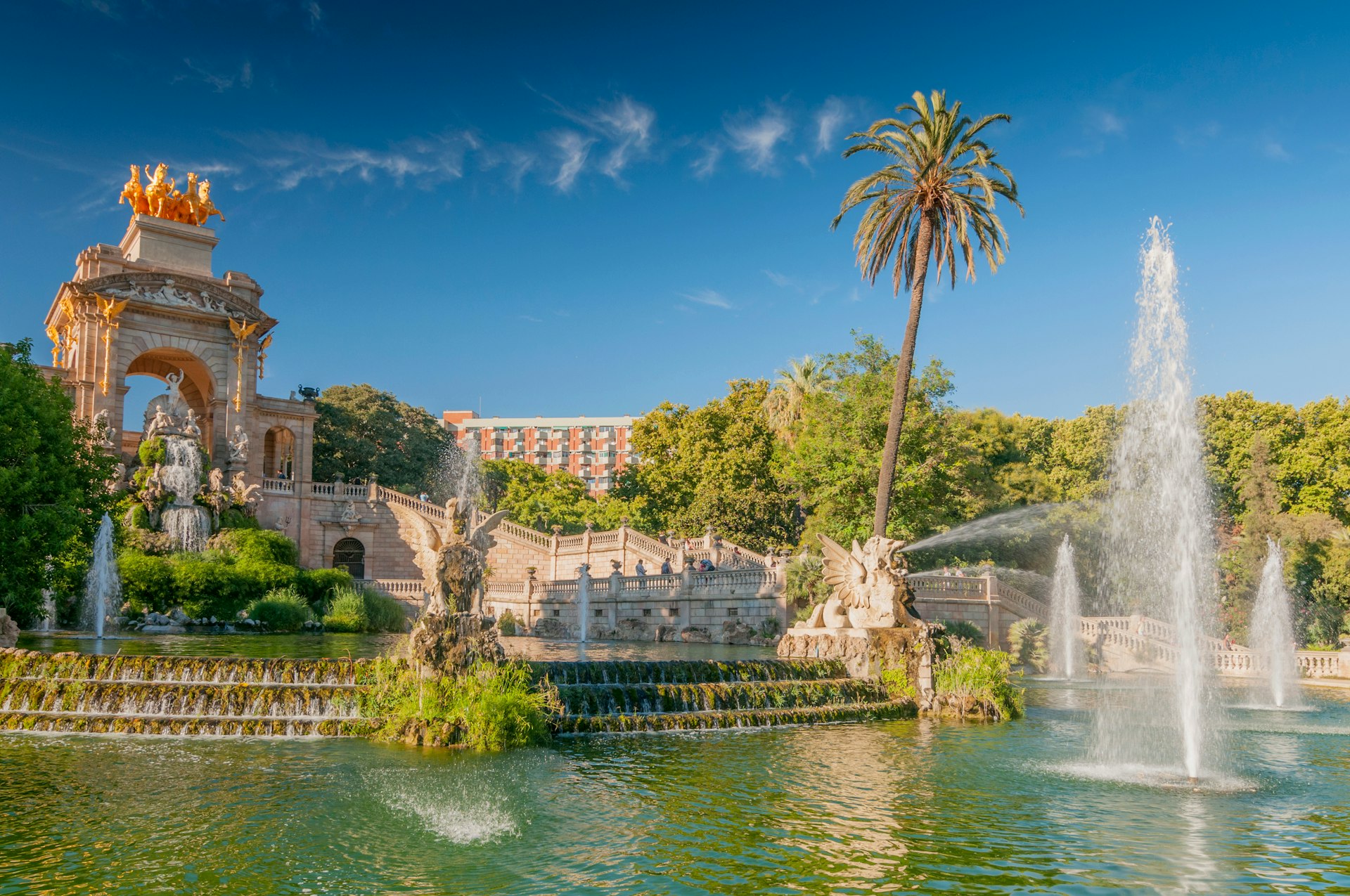
Parc de la Ciutadella
When Barcelona fell to the troops of Philip V of Spain during the Spanish War of Succession (1701-1714), the new ruler commanded a citadel be built in the city to keep Barcelona and its citizens under control. For decades, the fortress was seen as a symbol of repression, until it was finally torn down during the Glorious Revolution in 1868. The empty space created by this citizens' act of rebellion was the starting point for the Parc de la Ciutadella, whose name still recalls the unlamented citadel.
Today, Parc de la Ciutadella is the lungs of downtown Barcelona, a favorite meeting point where locals and travelers gather with friends, eat al fresco takeaway lunches, and listen to the live music which is always being performed somewhere in the park. The mist from fountains cools the air, trees shade the pathways, and in the mornings, the park’s pathways are filled with runners, yogis and walkers taking advantage of the moderate temperatures.
Despite the loss of the citadel, you can still find some buildings from Philip V's time in the park, like the king's former arsenal, now the Parlament de Catalunya. The park is also home to Zoo de Barcelona, one of the most renowned zoological parks in Europe, where the white gorilla Floquet de Neu (Snowflake) lived for 39 years.
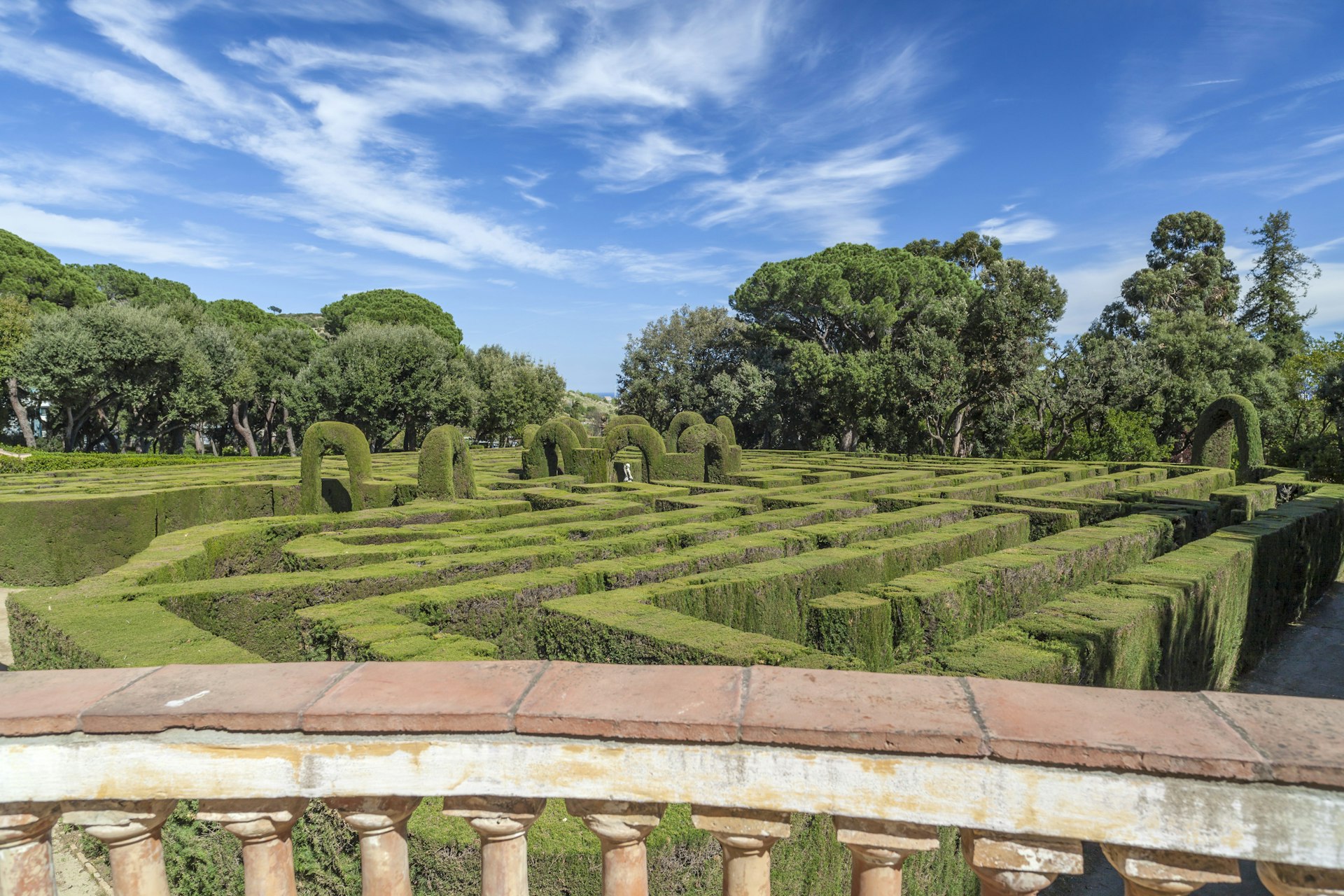
Parc del Laberint d’Horta
Best park for getting lost
Not many tourists know about the oldest park in Barcelona, but neither did most locals until 2006, when the park’s maze was used as a shooting location in the multi-award winning movie Perfume: The Story of a Murderer. Set in a particularly quiet, green area in the outskirts of Barcelona, the Parc del Laberint d’Horta was built by an aristocratic family at the end of the 18th century, but it was not opened to the public until 1971.
At the heart of the garden is perhaps the most perfect labyrinth in Spain, a 750-square-meter maze of geometric pathways, bound by immaculately trimmed cypress trees. After conquering the mysteries of the maze, explore the surrounding 18th- and 19th-century gardens and admire the medieval Torre Sobirana, the remains of a 14th-century palace.

Parc del Guinardó
Parc del Guinardó was constructed in 1918 on land that was previously used by local winemakers. For several centuries grapes were grown on these slopes to produce to full-bodied Catalan wines, but the vineyards were abandoned due to disease and the hillside was returned to peaceful pine forests and scrub-land. Bus V17 runs from Port Vell to Carmel, passing close to the edge of the park.
Parc del Guinardó is nestled in the neighborhood of Horta-Guinardó, in the elevated part of Barcelona, and there are some great viewpoints reached via walking trails through the pine trees. The best views are from the Bunkers del Carmel, a series of anti-aircraft gun positions built during the Spanish Civil War in 1937. Many locals grab snacks and cold bottled beers and head up here in the afternoon to watch the sun set over the city.
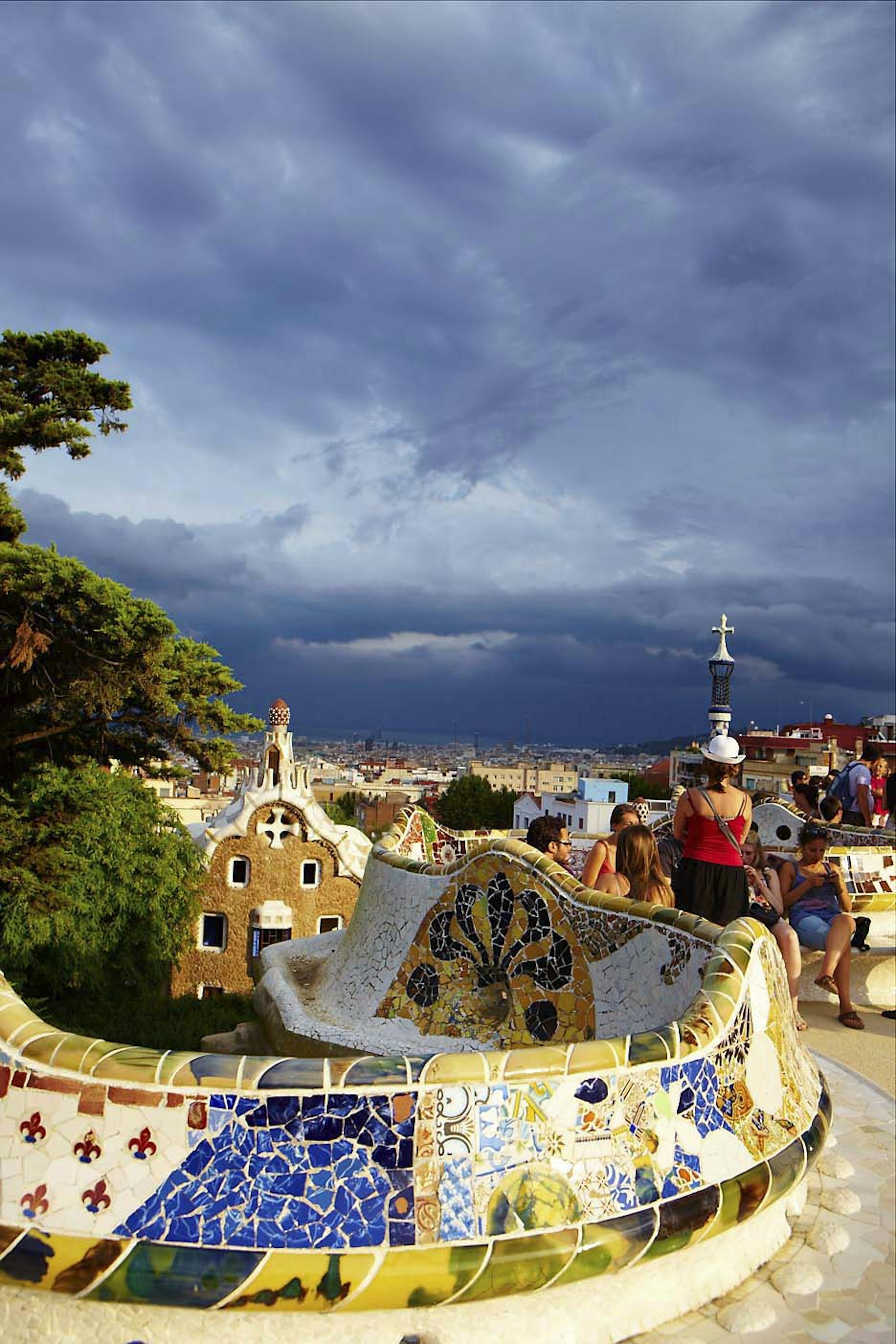
Parc Güell
Best park for Gaudí fans
Parc Güell needs little introduction. Designed by the father of Catalan Modernism, architect Antoni Gaudí, the park is a sprawl of eye-catching architectural elements, mosaic tiles and astonishing undulating forms, overlooking the Barcelona skyline, with an imposing stretch of the Mediterranean in the background. This captivating piece of whimsy was constructed in 1914 and opened as a public space in 1926, ringed by a tangle of forested pathways.
Parc Güell's green spaces have long been a favorite recreation area for locals, and the city authorities got themselves into hot water in 2013 after introducing a €10 entry fee to control visitor numbers, causing public outrage. After years of campaigning, the authorities eventually agreed to allow residents from surrounding districts to access the park for free. Citizens from the rest of Barcelona can visit with a special permit; tourists, however, still need to pay.
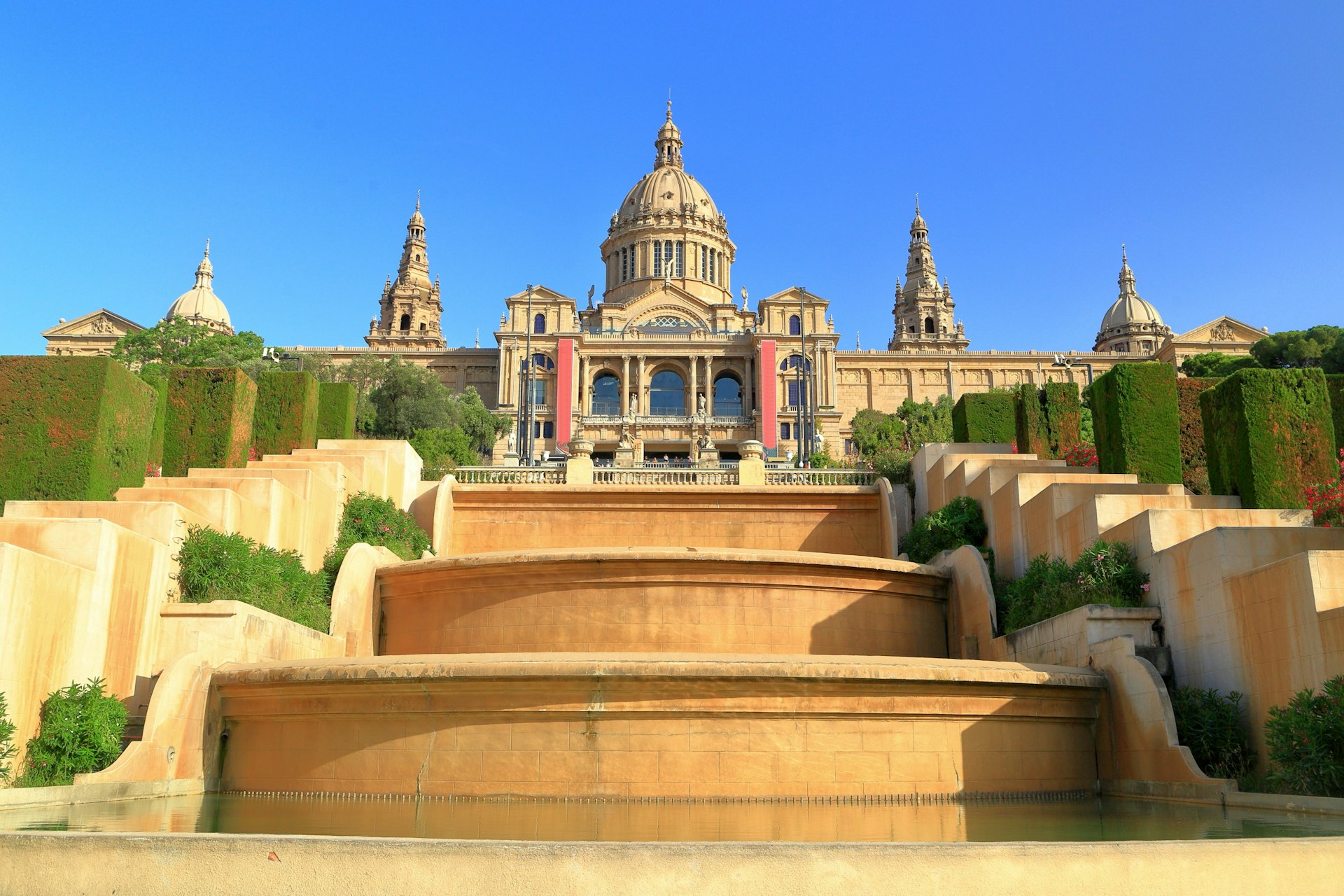
Parc de Montjuïc
Best park for all-day adventures
Montjuïc is the mountain that borders Barcelona to the west, and its name translates as Mountain of Jews in medieval Catalan, a reference to the ancient Jewish cemetery that once stood here. Parc de Montjuïc is often described as the 'park of parks' because of the many public spaces and gardens dotted over its slopes. The highlight is the Jardí Botànic, the best botanical garden in Barcelona, with five landscaped zones designed to mimic habitats and terrain from different parts of the world. Fans of arid landscapes will love Jardins de Mossèn Costa Llobera, which has over 800 different species of cactus.
Parc de Montjuïc has more to offer than just gardens. There are forest trails, scenic picnic areas and a string of city landmarks and museums, including the 17th-century Castell de Montjuic, the Fundació Joan Miró art museum, and the Museu Nacional d’Art de Catalunya, housed in the modern-Baroque Palau Nacional. Montjuïc also plays host to a slew of music festivals, including the popular Brunch Elektronik.
Fit travelers can easily climb Montjuïc on foot, but you can also reach the top on the funicular railway that departs from the metro station of Paral·lel. Alternatively, a dangling cable car (with great views) departs from La Barceloneta. If you've worked up an appetite getting here, drop into the popular restaurant, Terraza Martínez, for terrace views and some of the best paella in Barcelona.

Jardins del Palau de Pedralbes
Best park for garden lovers
The most majestic of Barcelona's parks and gardens is located within the walls of the Royal Palace of Pedralbes, the official residence of the Royal Spanish Family from 1919 and 1931. The palace was later transformed into the headquarters of the Union for the Mediterranean, so it's not open to the public today, but the imperial gardens are completely free to roam.
As well as elegant topiary and colorful planted beds, the park is noteworthy for its collection of towering cedar trees, from Himalayan species to cedars from Japan and Morocco. There are plenty of extraordinary architectural and sculptural elements too, including the Hercules Fountain, designed by Antoni Gaudí, which spouts water through the mouth of a stylized steel dragon.
The gardens are also known for cultural and music events, the most popular being the Festival de Pedralbes, which takes places every summer, attracting a wide variety of internationally-renowned musician and performing artists.
You may also like:
Top neighborhoods to explore in Barcelona
17 best things to do in Barcelona
The 11 best beaches in Barcelona
